Dr Carlos Hernández-García
“For his outstanding contributions to the theory and modeling of laser-driven high harmonic generation (HHG), both in high photon energy regimes, and in understanding how to manipulate the HHG waveforms to impart orbital and spin photon angular momentum, combining quantum simulations with laser Physics.”
Carlos Hernández-García received his PhD in 2013 at University of Salamanca (Spain) under the supervision of Prof. Luis Plaja. Right afterwards, he was granted with a European Marie Curie International Fellowship, where he worked with the theoretical and experimental AMO groups at JILA, University of Colorado at Boulder (USA), led by Profs. Andreas Becker and Agnieszka Jaron-Becker, and Profs. Henry Kapteyn and Margaret Murnane, respectively. He is a Ramón y Cajal fellow at University of Salamanca, where he leads the ERC Starting Grant project ATTOSTRUCTURA in the Research Group of Laser and Photonics Applications (ALF-USAL). Carlos Hernández-García is renowned for his theoretical contribution to attosecond science and ultrafast nonlinear optics. His theoretical work on strong-field laser physics has been strongly connected to experimental laser and X-ray science. He has developed original models that extended the computational capabilities to the most stringent situations encountered in the state-of-the-art experiments. He has actively participated in the development of ultrafast structured light, with notable achievements that paved the way for the experimental demonstration of circularly polarized high-harmonic attosecond pulses, ultrafast vector beams, and EUV/soft x-ray harmonic pulses with controlled orbital angular momentum, among others. He had a key contribution for the development of a new class of light beams possessing time-dependent orbital angular momentum or self-torque. These breakthroughs have enabled the practical implementation of a novel class of laser-driven coherent X-ray sources structured in their spectral, temporal and angular momentum properties.




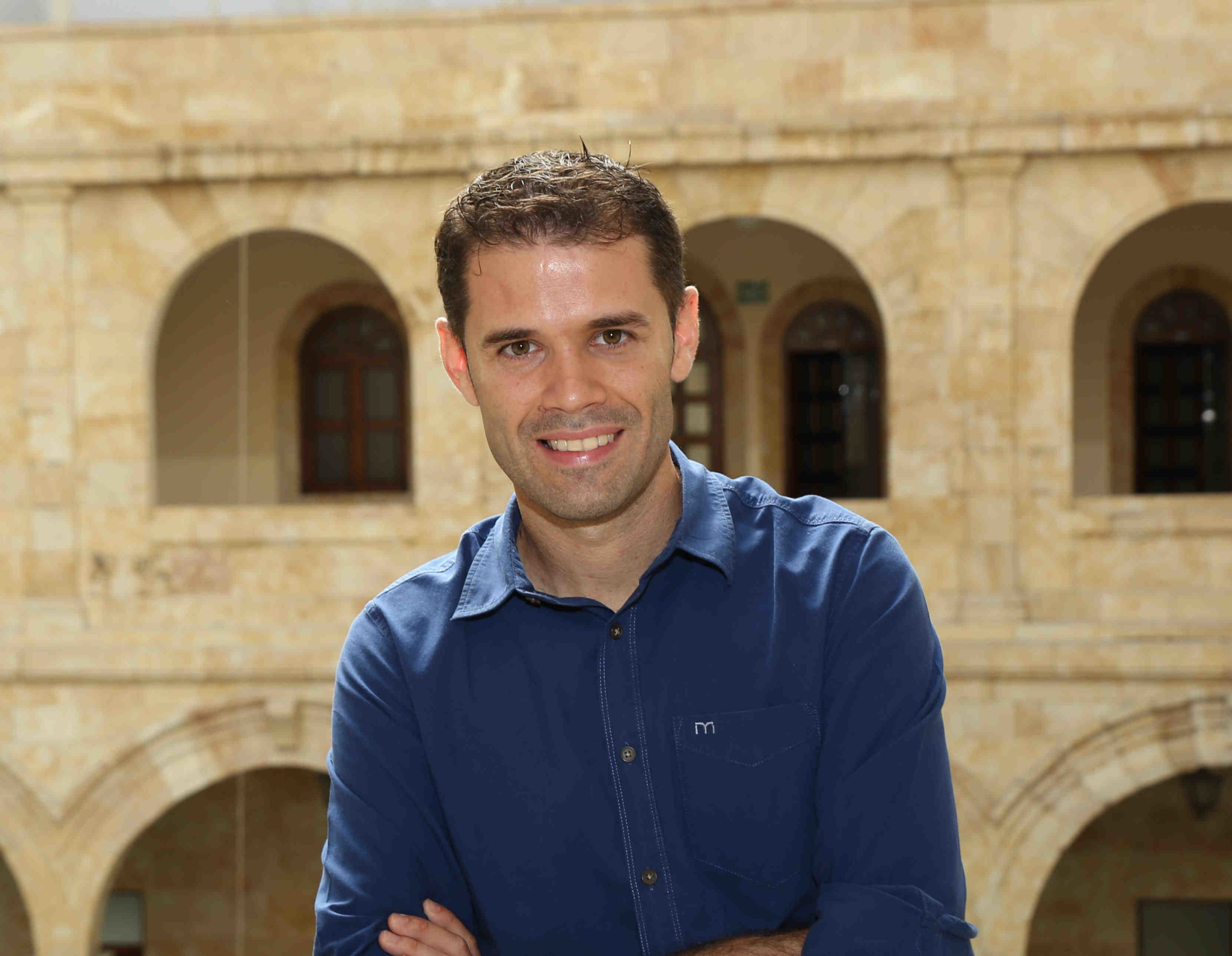
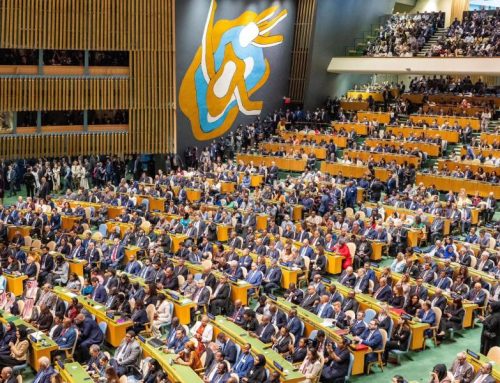
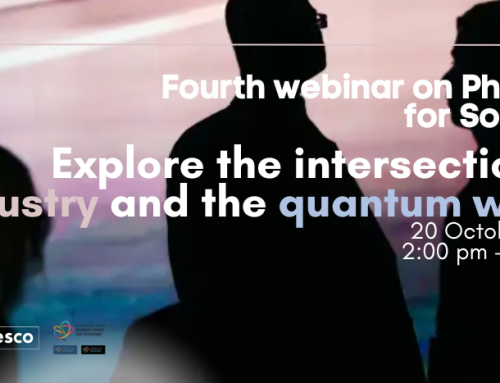
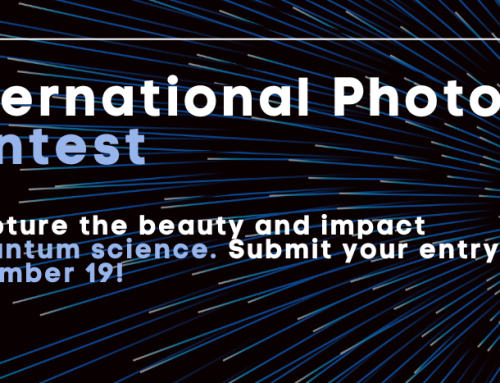
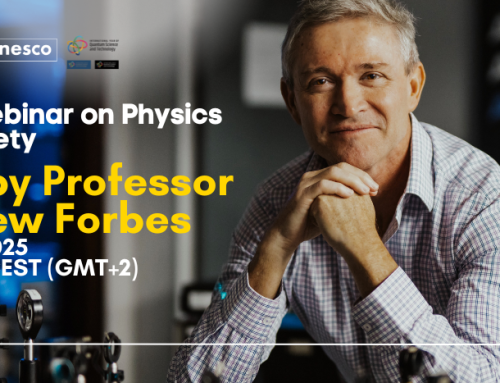

Leave A Comment